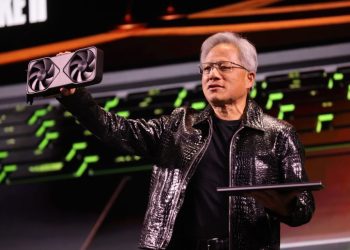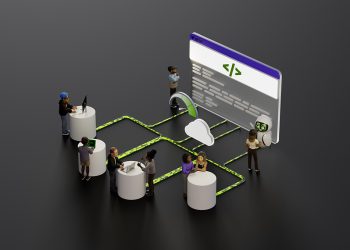Nvidia is set to revolutionize personal computing once again with the launch of the DGX Spark, the world’s smallest AI supercomputer, officially going on sale October 15. Designed to fit conveniently on a desktop, the DGX Spark promises enterprise-grade AI performance for data scientists, developers, and students alike — marking a new milestone in democratizing artificial intelligence.
Priced at $3,999 (approximately ₹3.55 lakh), the DGX Spark delivers capabilities once reserved for high-end data centers. Nvidia says the compact device can handle AI models with up to 200 billion parameters and achieve an AI performance of one petaflop, putting immense computing power within reach of individual users and research labs.
Nvidia Brings Supercomputing to Every Desk
Announcing the launch, Nvidia CEO Jensen Huang said, “Putting an AI supercomputer on every desk empowers researchers, data scientists, and students to shape the age of AI.” Originally introduced earlier this year under the codename Digits, Spark represents Nvidia’s vision to make advanced computing accessible and affordable.
The DGX Spark will be available online at nvidia.com and through select retailers across the United States. Meanwhile, major PC brands — including Acer, Asus, Dell, Gigabyte, HP, Lenovo, and MSI — are preparing to launch their own customized Spark versions under Nvidia’s open model licensing program.
Compact Size, Massive Capability
Despite its small size, the DGX Spark delivers the kind of performance previously achievable only in energy-hungry data centers. Its efficient design supports high-speed AI model training, simulation, and generative workloads. Comparable systems such as the Acer Veriton GN100 are also priced at $3,999, but Nvidia’s innovation sets a new industry benchmark for compact supercomputing power.
Industry experts believe Spark’s release could reshape the AI development landscape, allowing smaller research institutions and startups to experiment with large-scale models without the cost and complexity of data center infrastructure.
By enabling individuals to access supercomputing power at home or in the lab, Nvidia continues to lead the push toward AI accessibility and innovation, solidifying its dominance in the next phase of intelligent computing.








